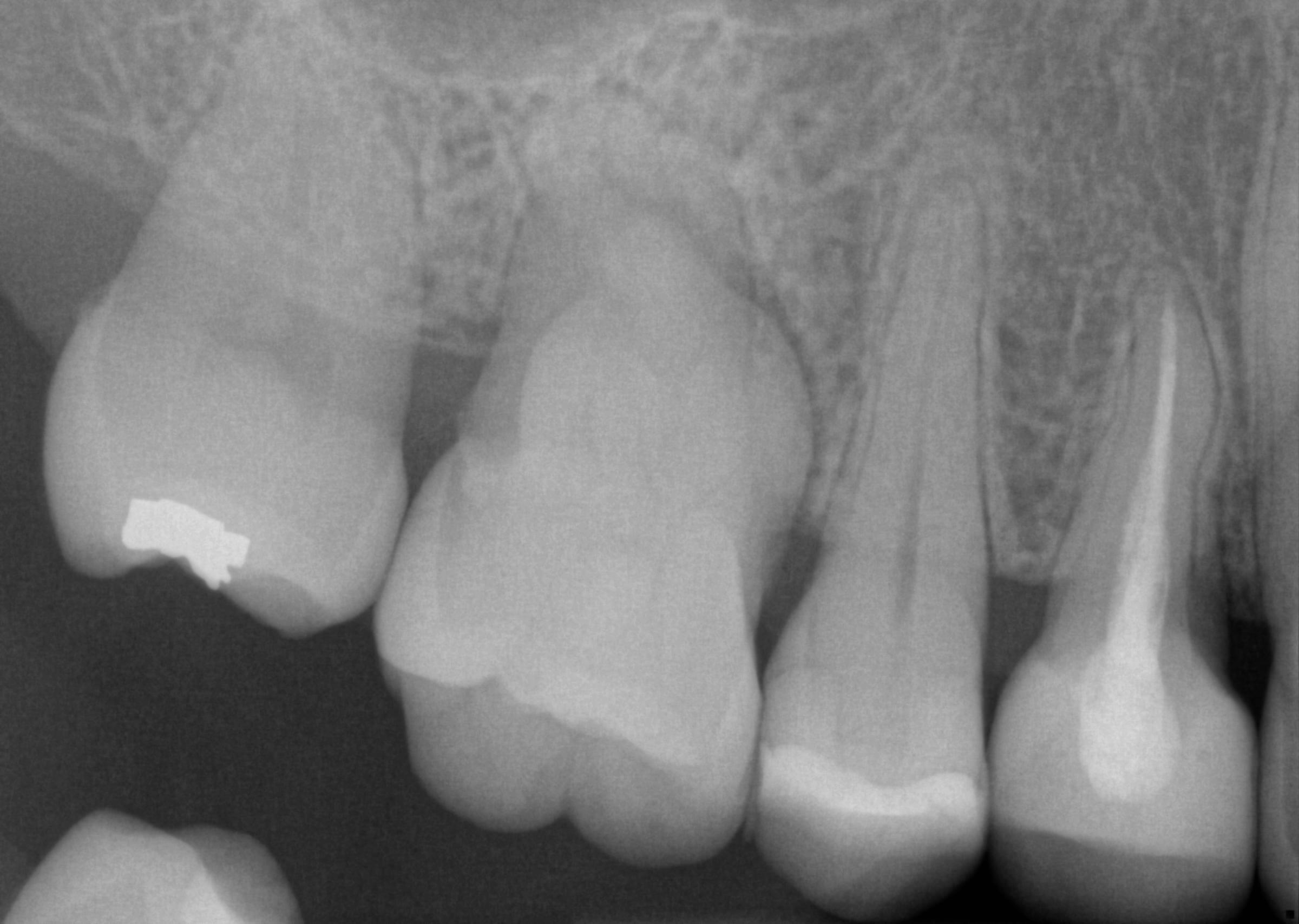Why is anything bad in life always compared to a root canal?
Root canals get a bad rap. It could be because by the time someone needs one, they are usually already in pain. But whether you need one to ease your pain or prevent it, you are going to be very glad you had one.
At the center of every tooth is a nerve. This nerve is very important during the development and growth of the tooth. Once the tooth is fully grown and erupted, however, it doesn’t really do anything. People never really think about having nerves inside their teeth. That is, unless one of them starts to cause you pain. In that case you become very aware of them.
There are multiple reasons why a tooth would need a root canal
 First would be if the tooth is fractured from, say, being hit by a baseball or during a fall, or — a common one — having a large jumping dog head-butt their owner in excitement. If the fracture is deep enough to expose the nerve then that tooth will need a root canal. A second cause would be if you have a large cavity in a tooth and the decay itself extends all the way to the nerve. In this case the decay must be removed and root canal treatment performed.
First would be if the tooth is fractured from, say, being hit by a baseball or during a fall, or — a common one — having a large jumping dog head-butt their owner in excitement. If the fracture is deep enough to expose the nerve then that tooth will need a root canal. A second cause would be if you have a large cavity in a tooth and the decay itself extends all the way to the nerve. In this case the decay must be removed and root canal treatment performed.A third cause would be “irreversible pulpitis.” Pulpitis is pain from the nerve caused by some sort of trauma — either the tooth was hit, but not fractured, or your dentist recently treated a “deep cavity” with a filling or crown. This pain will, in most cases, get better over time. It could even take a month or two to subside, but if it does go away, that would be reversible pulpitis and that tooth would NOT need a root canal. If, however, the pain does not go away, or if it gets worse over time, it is a case of irreversible pulpitis and would require a root canal. Lastly, if you wake up one morning and notice a swelling on your gums, it could be due to and infection of the nerve tissue inside the tooth. This is literally the nerve decaying inside your tooth and it can be very painful and even dangerous if the swelling is left unchecked. And you guessed it, the only way to clean out this decaying nerve is to do a root canal.
The process of a root canal is fairly straightforward
 First the tooth is put to sleep with local anesthetic so the patient cannot feel anything — similar to having a filling. Then a series of very thin files are used to clean the canal. After widening all the canals (teeth can have between 1-4 canals) the teeth are irrigated to make sure all bacteria and decaying tissue has been removed. The canals are then sealed off to prevent any re-infection.
First the tooth is put to sleep with local anesthetic so the patient cannot feel anything — similar to having a filling. Then a series of very thin files are used to clean the canal. After widening all the canals (teeth can have between 1-4 canals) the teeth are irrigated to make sure all bacteria and decaying tissue has been removed. The canals are then sealed off to prevent any re-infection.Following a root canal most teeth will need a crown, though some front teeth may still be able to be have a filling. In some cases this is an opportunity for internal bleaching — whitening teeth from the inside!
Once sealed and restored, a tooth that has had root canal treatment will be pain-free and just as strong as it was when you walked into the office.
Contact Us
For more information about root canals or how our doctors can help you contact us today.

